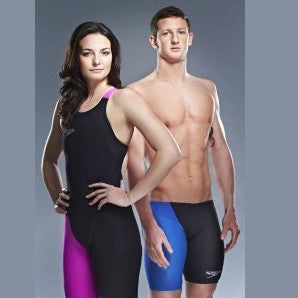Scuba regulators can be classified into two main types: piston and diaphragm. Here is an overview of the advantages and disadvantages of both:
Piston dispensers:
Advantages:
-
Mechanical simplicity: Piston dispensers tend to be mechanically simpler than diaphragm models. This makes them easier to maintain and repair.
-
Freezing Resistance: Piston dispensers are generally less susceptible to extremely cold temperatures and ice formation than membrane models.
-
Flow Regulation: Some divers prefer the sensation of breathing with a piston regulator, as it offers a more consistent and predictable flow of air than diaphragm models.
Disadvantages:
-
Pressure Sensitivity: Piston regulators may be more sensitive to changes in water pressure, which may affect breathing performance at different depths.
-
Inspiratory effort response: Some divers find that piston regulators require a slightly greater inspiratory effort than diaphragm models.
Membrane dispensers:
Advantages:
-
Response to inhalation effort: Diaphragm regulators tend to offer more responsive and lighter breathing, requiring less inhalation effort from the diver.
-
Contamination Resistance: Because the membrane separates the regulating mechanism from the water, membrane regulators are generally more resistant to contamination from sand, debris, or other external agents.
-
Consistent Performance: Diaphragm regulators generally maintain more consistent performance across various depths and diving conditions.
Disadvantages:
-
Mechanical Complexity: Membrane dispensers can be more mechanically complex and require more maintenance.
-
Temperature Sensitivity: Some diaphragm dispenser models may be more sensitive to temperature extremes and icing than piston models.
-
Cost: Membrane dispensers typically tend to be more expensive than piston models, due to their greater complexity and technology.



